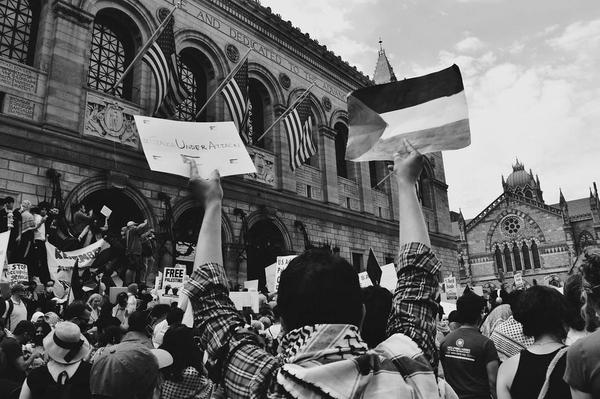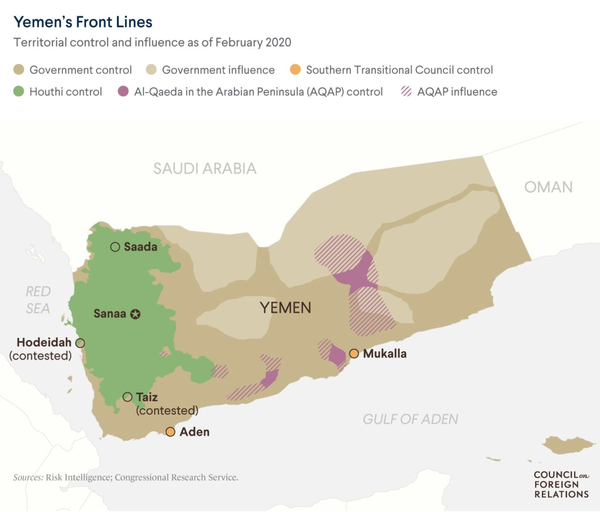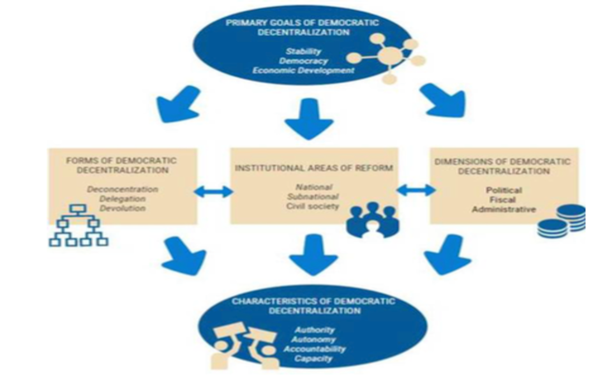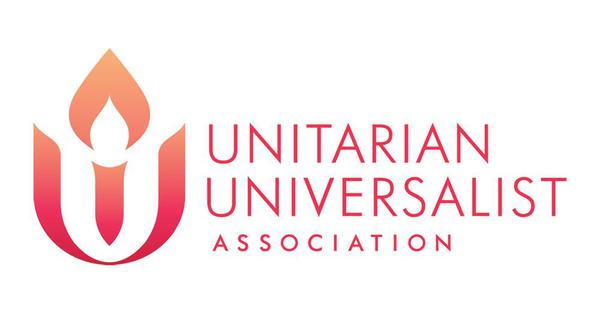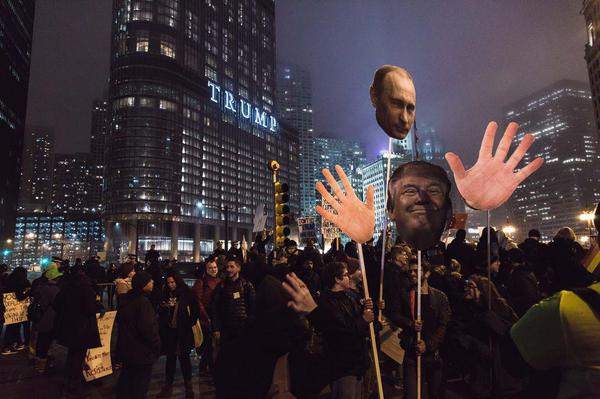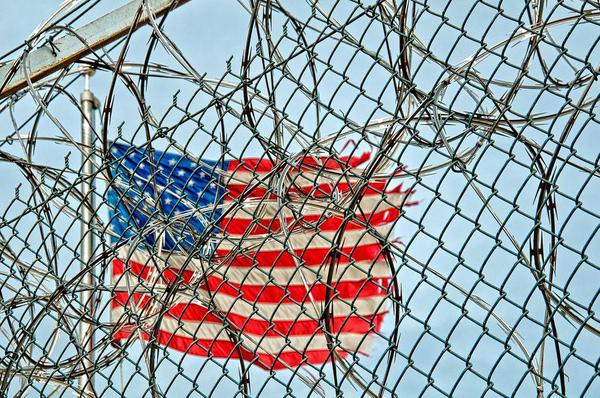21st July 2020
Historical Analysis, Multi-Dimensional Realities and Emerging Frameworks: International Mediation, Efficacy, Key Challenges and State-Building in Yemen’s Fragile Civil Conflict
This paper is organized into five divisions: the first section consists of two subsections, the first looks to provide a short historical context leading up to the emergence of the, along with an overview of the key actors, internal and external, and their interests/goals/grievances. With the goal to provide an understanding of the nature of the war. The second section focuses on studying the separate instances of third-party mediation from 2007 to present day, organized into 3 phases, distinguished by mediator type: phase 1 looking at Qatar’s mediation; phase 2 looking at GCC mediation; and phase 3 looking at UN-led mediation. This section describes the capacity in which the third-party actor intervened, and scrutinizes the outcome, the actual impacts and measures the relative success. The second section looks at the why dimension, realities on the ground in Yemen that, either due to a lack of understanding, shortcomings of capability, neglect in addressing (whether as a result of conflicting interests, lack of incentive, or negative incentives), or general institutional difficulties, are posing as key challenges preventing the resolution of conflict. This section looks at two categories: the first deals with shortcomings and failures of state-building institutions of Yemen that led to the current civil conflict, and their continued deterioration having gone unaddressed by mediation efforts. The second looks at new structures prevent peace and incentivizing conflict that international efforts have contributed in developing and maintaining. Lastly, it looks at the recommendations for policy approaches looking ahead that would best address key issues.



